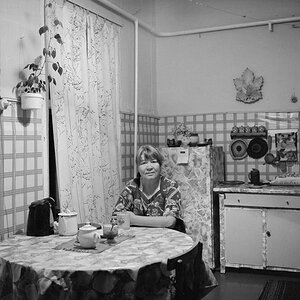Taylorl813
TPF Noob!
- Joined
- Nov 27, 2017
- Messages
- 31
- Reaction score
- 16
- Can others edit my Photos
- Photos OK to edit
Hello,
I've been using both of these lenses with a d3200 that I purchased recently and I've gotten lots of good shots. However, I am wondering what are these lenses are each good for and which lens I should purchase next? I would like to be able to take pictures in lower light/night without a tripod and I'm only willing to spend 50-150 dollars, I am also comfortable with a good quality used.
AF-S NIKKOR 18-55mm 1:3.5-5.6G <== I own
AF-S NIKKOR 55-200mm 1:4-5.6G <== I own
Thank you,
Taylor
I've been using both of these lenses with a d3200 that I purchased recently and I've gotten lots of good shots. However, I am wondering what are these lenses are each good for and which lens I should purchase next? I would like to be able to take pictures in lower light/night without a tripod and I'm only willing to spend 50-150 dollars, I am also comfortable with a good quality used.
AF-S NIKKOR 18-55mm 1:3.5-5.6G <== I own
AF-S NIKKOR 55-200mm 1:4-5.6G <== I own
Thank you,
Taylor



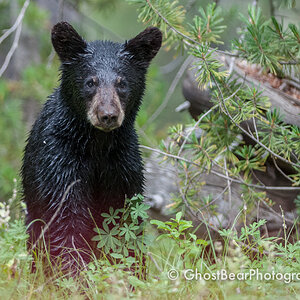
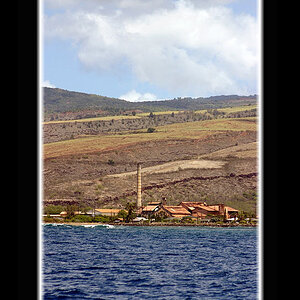
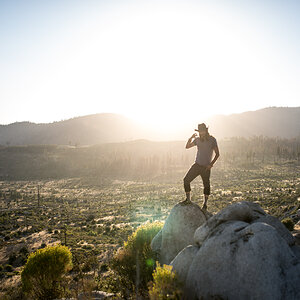
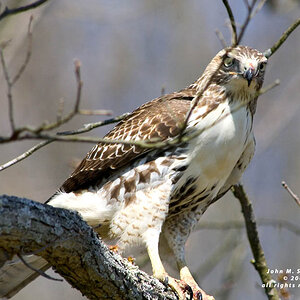
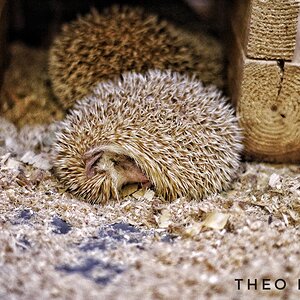

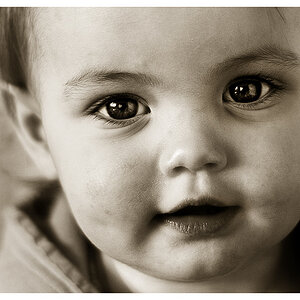
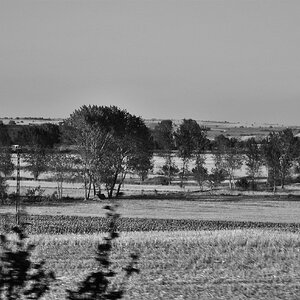
![[No title]](/data/xfmg/thumbnail/32/32178-010a47bfeb945bdafb02b0ee4888290c.jpg?1619735235)
